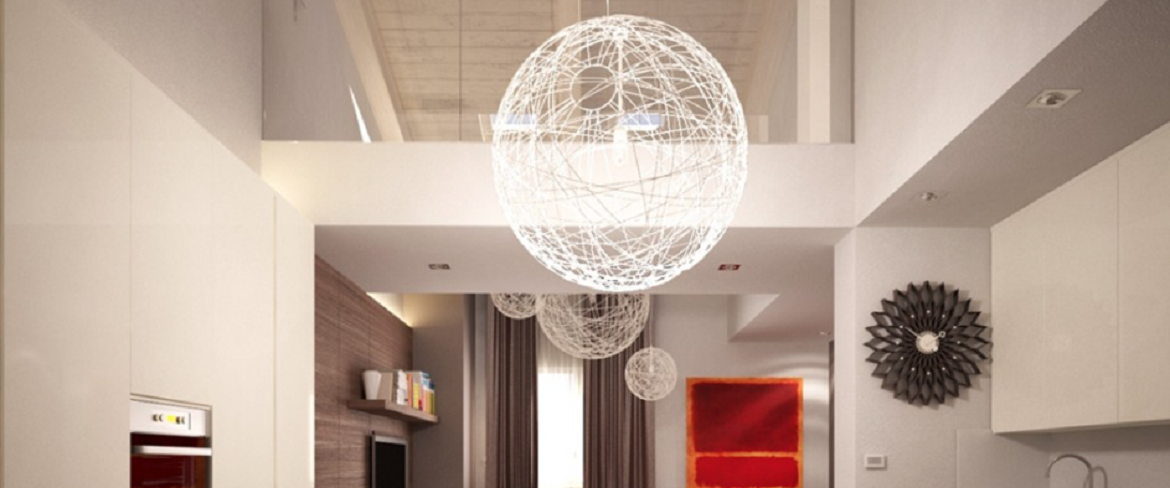Decorative lighting can be defined as the ‘jewelry of architecture’. In many building types, decorative lighting plays a significant role in building style, period, or motif. The main purpose of this lighting in lighting design is to be eye catchy and make a style statement. Its primary purpose is ornament to the space, and it plays an extremely important role in interior design and themed environments. Most decorative luminaires can be used in dry indoor spaces only. A few types, notably lanterns and some sconces are wet-labeled, meaning they can be exposed to direct rain.
Decorative lighting includes chandeliers, sconces, lanterns, pendants, lamps, ceiling surface lights, and other traditional lighting types that are mostly decorative in nature. Lighting for decorative-only effects should produce only a minor amount of light.
The majority of decorative lights emit light rather poorly, so it is increasingly common to avoid counting on the decorative light to suit a task lighting purpose. Many lighting designers, for example, add accent lights to illuminate the table (task lighting) in a dining room that already has a chandelier.
Decorative lights and the layers of usage: Chandeliers are hung from the ceiling and are used for general illumination in dining rooms, foyers, and other formal spaces.
Pendants are also ceiling-hung decorative fixtures. In general, the term pendant is used for hanging luminaires less formal than chandeliers that are used in offices, restaurants, and many other places. Most pendant luminaires use incandescent lamps, HID and fluorescent sources.
Close-to-ceiling luminaires are similar to pendants but mount closely to the ceiling to allow use in most rooms with conventional ceiling heights.
Sconces are ornate or decorative wall-mounted luminaires. Sconces exhibit a wide range of style, from crystal fixtures with flame-tip lamps to modern designs.
Torchièrs are floor lamps designed specifically for uplighting. Most use incandescent or halogen sources, although compact fluorescent options should be considered for commercial and hospitality applications.
Lanterns are outdoor luminaires mounted to ceilings, walls, posts, or poles.

